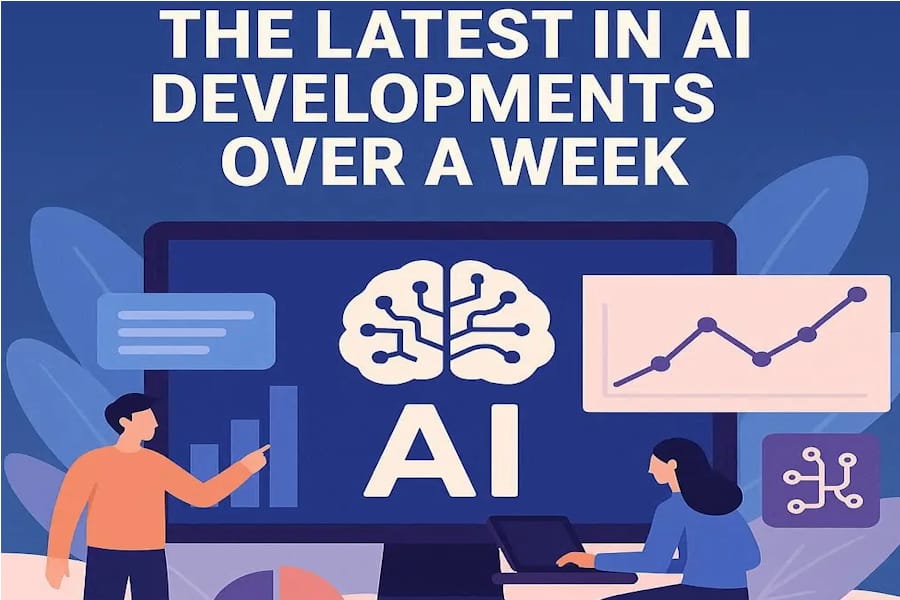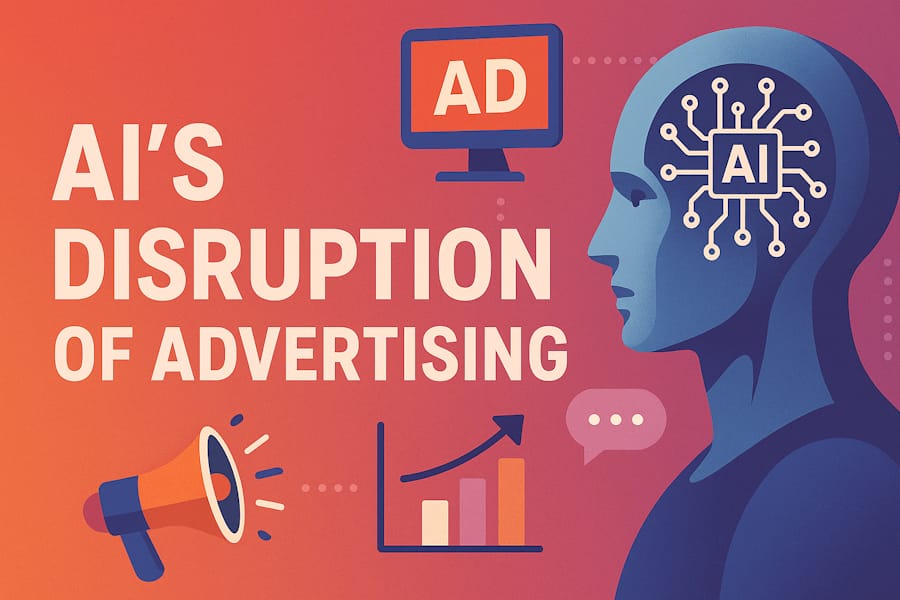Vision-Language Models Struggle with Negation: Implications for AI Design and Use

Publish Date: Last Updated: 21st June 2025
Author: nick smith - With the help of GROK3
A recent study from the Massachusetts Institute of Technology (MIT), published on May 14, 2025, has revealed a significant limitation in vision-language models (VLMs), which are widely used to analyze images, including medical imaging. The research shows that these models struggle to process negation words such as "no" and "not" leading to potential misinterpretations when tasked with retrieving or analyzing images based on queries containing negative terms. For example, a VLM might fail to correctly identify images that contain certain objects while excluding others, which could have serious consequences in fields like healthcare. This article explores the findings, their implications for AI use and design, how the issue is being addressed, the reasons behind this limitation, and what the future might hold for overcoming it. Checkout a condensed video version of this article.
Key Findings of the Study
The MIT study, detailed in the paper "Vision-Language Models Do Not Understand Negation" (arXiv, 2025), conducted by researchers including Kumail Alhamoud and Marzyeh Ghassemi, tested VLMs on tasks requiring the understanding of negation in queries. The results were striking: models consistently failed to handle instructions like "show images with X but not Y." This is particularly concerning in medical imaging, where precise identification of conditions—such as detecting a tumor without certain characteristics—can be critical. The researchers noted that this failure stems from the models' inability to internalize the logical structure of negation, a fundamental aspect of human language processing.
Implications for AI Use
The inability of VLMs to process negation has significant implications across various applications:
-
Medical Imaging: In healthcare, where VLMs are increasingly used to assist radiologists, misinterpreting a query like "find scans with no signs of pneumonia" could lead to incorrect diagnoses or missed conditions, potentially endangering patients. This limitation suggests that VLMs cannot yet be relied upon as standalone tools in high-stakes environments without human oversight.
-
Content Retrieval and Moderation: In fields like journalism or social media, where VLMs might be used to filter images (e.g., "show news images without violence"), failure to understand negation could result in inappropriate content being displayed or critical content being overlooked.
-
General AI Reliability: The study underscores a broader issue with AI reliability. If VLMs cannot handle basic linguistic constructs like negation, their utility in complex, real-world scenarios—where precise communication is essential—may be limited. This raises questions about the trustworthiness of AI outputs in applications requiring nuanced understanding.
Implications for AI Design
The findings highlight the need for a reevaluation of how VLMs are designed and trained:
-
Training Data Enhancement: Current training datasets may lack sufficient examples of negation, leading to models that are biased toward affirmative queries. Developers must incorporate diverse datasets with explicit negation examples to improve model performance.
-
Model Architecture Adjustments: The study suggests that VLMs may require architectural changes to better process logical operations like negation. This could involve integrating modules that explicitly handle linguistic logic or improving attention mechanisms to focus on negative terms.
-
Human-in-the-Loop Systems: Until these limitations are addressed, AI systems should incorporate human oversight, especially in critical applications. Hybrid systems that combine AI analysis with human verification could mitigate errors caused by negation misinterpretation.
How the Issue Is Being Tackled
Other sources and ongoing research indicate efforts to address this limitation, though progress remains in early stages:
-
Research into Logical Reasoning: A related study from November 2024 found that large language models (LLMs) often lack a coherent understanding of the world, relying on pattern recognition rather than logical reasoning. This suggests that the negation issue in VLMs may be part of a broader challenge in AI's ability to internalize logical structures. Researchers are exploring ways to embed logical reasoning into models, such as through symbolic AI or neuro-symbolic approaches that combine neural networks with rule-based systems.
-
Improved Datasets: Some institutions are working on creating datasets that emphasize negation and logical contrasts. For instance, projects at universities like Stanford and Oxford aim to develop benchmarks that test AI's ability to handle complex linguistic structures, including negation. However, these efforts are not yet widely adopted in commercial VLM development.
-
Industry Responses: Major AI developers, such as OpenAI and Google, have acknowledged similar issues in LLMs and are investing in research to improve language understanding. While specific responses to the MIT study are not yet public, industry trends suggest a focus on fine-tuning models with targeted datasets and exploring hybrid architectures. Posts on X indicate ongoing discussions among AI researchers about negation challenges, with some proposing modular training approaches to isolate and address linguistic weaknesses, though these remain speculative.
IT and computer science courses
Why This Limitation Exists
The root cause of VLMs' struggle with negation lies in their design and training:
-
Pattern-Based Learning: VLMs, like most neural networks, are trained on vast datasets of images and text, learning to associate patterns rather than understanding logical concepts. Negation, which requires reversing or excluding a condition, is not a pattern that appears frequently or consistently in training data, leading to poor generalization.
-
Ambiguity in Language: Natural language is inherently ambiguous, and negation can be expressed in varied ways (e.g., "not," "no," "without"). Current VLMs may not be equipped to parse these variations, especially when combined with visual inputs that require cross-modal reasoning.
-
Overreliance on Affirmative Queries: Most training data emphasizes positive associations (e.g., "find images with a dog"), with fewer examples of negative exclusions (e.g., "find images without a dog"). This imbalance skews model behavior toward affirmative interpretations.
-
Complexity of Cross-Modal Reasoning: VLMs must integrate visual and textual information, a task that becomes exponentially complex when negation is involved. The models may prioritize visual features over textual logic, leading to errors in query interpretation.
The Future of VLMs and Negation
Looking ahead, several developments could help overcome this limitation:
-
Neuro-Symbolic AI: Combining neural networks with symbolic reasoning systems could enable VLMs to better handle logical constructs like negation. These hybrid models would process language rules explicitly, complementing the pattern-based learning of current systems.
-
Targeted Fine-Tuning: Developers could fine-tune VLMs on datasets specifically designed to include negation, improving their ability to handle such queries. This approach is already being explored in LLMs and could be adapted for VLMs.
-
Transparent AI Systems: Future AI designs may prioritize explainability, allowing users to understand how models interpret queries. This could help identify and correct errors related to negation before they impact outcomes.
-
Regulatory Oversight: As AI is increasingly used in critical sectors like healthcare, regulators may mandate rigorous testing for linguistic understanding, including negation. This could drive industry-wide improvements in VLM performance.
-
Collaborative Research: The MIT study has sparked interest in the AI community, with researchers on platforms like X calling for collaborative efforts to address negation and other linguistic challenges. Open-source initiatives could accelerate progress by pooling resources and expertise.
Conclusion
The MIT study on VLMs' inability to handle negation underscores a critical gap in current AI capabilities, with far-reaching implications for applications in healthcare, content management, and beyond. While the issue stems from the pattern-based nature of neural networks and the complexity of cross-modal reasoning, ongoing research into logical reasoning, improved datasets, and hybrid architectures offers hope for progress. For now, AI users must exercise caution, particularly in high-stakes scenarios, and rely on human oversight to mitigate errors. As the field evolves, advancements in neuro-symbolic AI, targeted training, and collaborative research could pave the way for VLMs that better understand the nuances of human language, unlocking their full potential in a wide range of applications.
More Ai News Articles
AI Questions and Answers section for Vision-Language Models Struggle with Negation: Implications for AI Design and Use
Welcome to a new feature where you can interact with our AI called Jeannie. You can ask her anything relating to this article. If this feature is available, you should see a small genie lamp in the bottom right of the page. Click on the lamp to start a chat or view the following questions that Jeannie has answered relating to Vision-Language Models Struggle with Negation: Implications for AI Design and Use.
Be the first to ask our Jeannie AI a question about this article
Look for the gold latern at the bottom right of your screen and click on it to enable Jeannie AI Chat.












